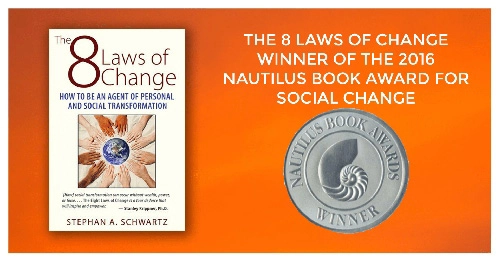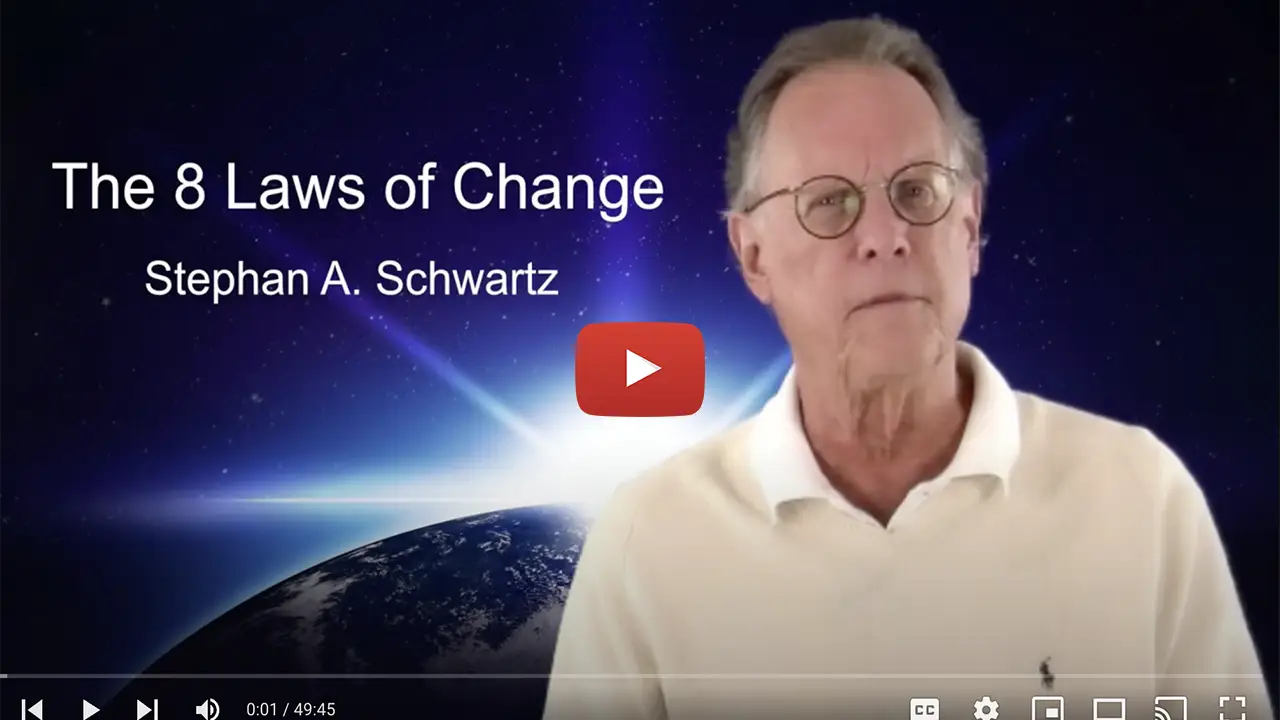
Migrants are rescued from a boat by members of an NGO in the Mediterranean, about 20km north of Ra’s Tajura, Libya, last week.
Credit: Olmo Calvo/AP
Inequality: how do we assess it? Sometimes it’s about someone not having enough to eat. In this snowy season in the northern hemisphere, it’s also about not having enough heat – and dying as a result.
As European and world leaders approach the World Economic Forum in Davos, they should reflect on the growing number of helpless migrants who have frozen to death in the current cold weather.
We have learned of victims from Iraq, Afghanistan, Syria and Somalia, with the possibility of many more to be found in a grim archipelago of makeshift settlements – car parks, warehouses and other places migrants gather, from Bulgaria to the English Channel.
For the past three years, the International Organization for Migration (IOM), the UN’s migration agency, has been compiling data on migrant and refugees deaths for its Missing Migrants Project. We have calculated 18,501 deaths and migrants missing, most of them […]










The thing that I don’t see much of is a reliable prediction of climate refugees IN THE U.S. All the pictures are of black folks running from war. But what’s behind all that?
I have written a great deal about this, see the SR archives. We don’t have numbers yet, but can already see the beginnings of three migrations, one away from a coast, out of the SW because of temperature and drought, and out of the central states because of extreme weather events like tornadoes.